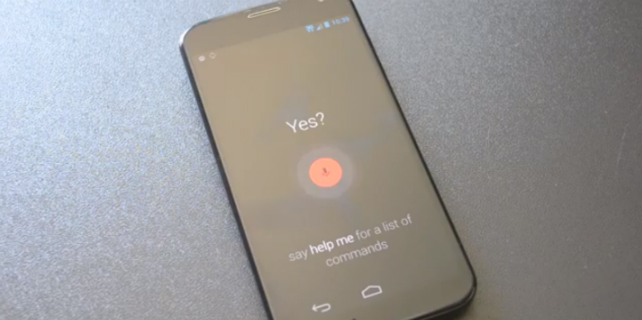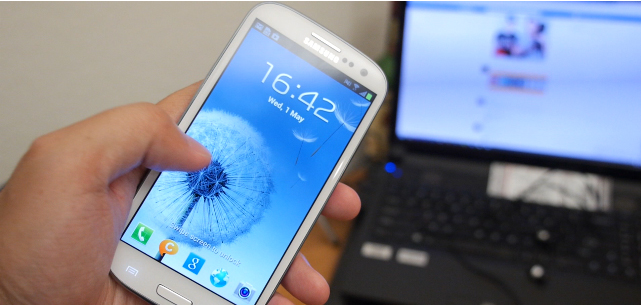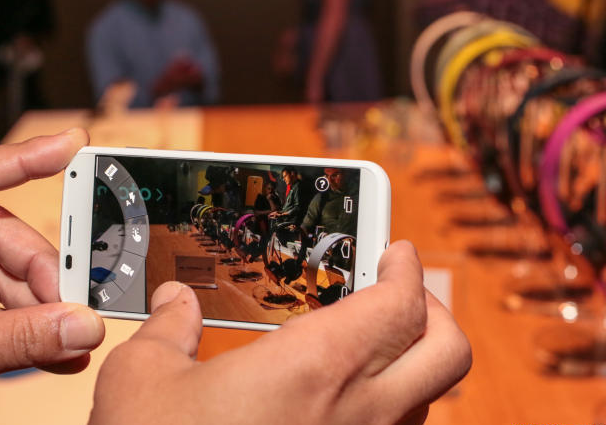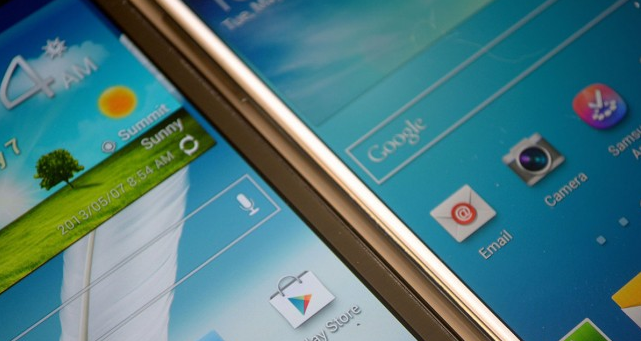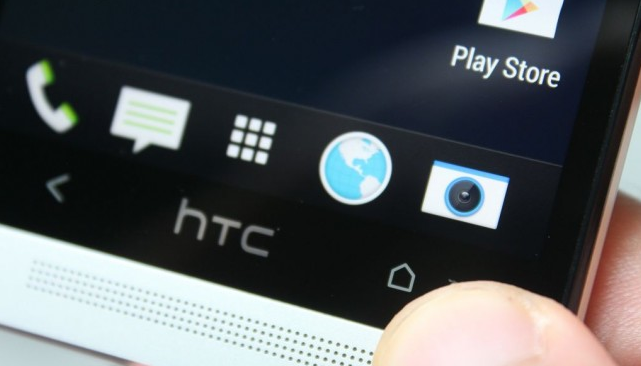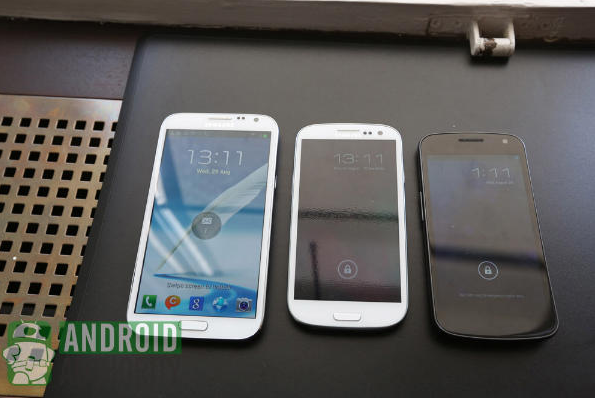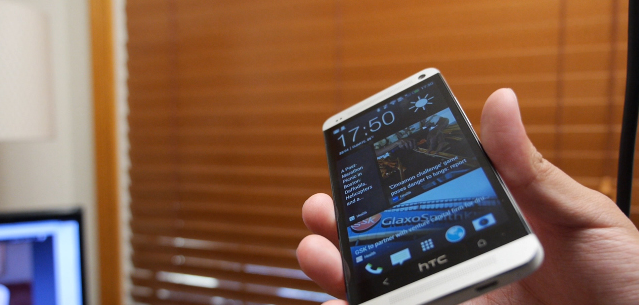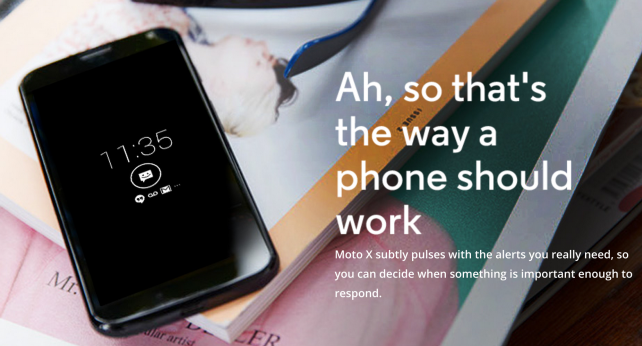
The Moto X is finally here. We knew quite a bit ahead of time, but now that it’s official, we can talk about it… officially.
The hardware is definitely not top of the line, but the workaround for that is software. If you have a phone in which the software takes great advantage of the hardware, it forgives the shortcomings quite a bit. So, how will the Moto X take asdvantage of the hardware? Waht software feature(s) will set it apart? The answer is one you probably already know.
Contextual awareness, or creepiness?
Android 4.2.2 backs everything up, and it’s a strong base layer for everything that’s going on here. Most importantly, the contextual awareness is there. Our initial reactions to that feature were wonderful. Now that we know the phone will learn your voice exclusively, the contextual application appeals to us much more. People won’t be able to accidentally activating your device, and kids in the car won’t have another way to bug you from the back seat.
The Moto X is always listening, too. That’s really good for a hands-free environment, like driving a car or riding a bike, but some find that a bit creepy. Fortunately, it seems to be activated by those key words of “Okay, Google Now”. So, you can curse drivers on your bike, and the Moto X won’t necessarily know you’re blaspheming all over the city.
The Camera
Many reports on the camera software note it’s terribly stripped down, and that settings are somewhat hidden. This is because the device is meant to capture all of your moments, and quickly. A simplified UI for a camera would allow for quick shots, and the “shake to take” feature is also helpful for that. We haven’t seen much from the camera yet, but we’ll be sure to give it a thorough overhaul in our review.
Soft on software
If you’re going to have limited hardware, you’re going to need good software to make it appealing. Motorola has done that much, with a very slight skin over Android and a really nice contextual twinge. There is enough about this one to question, and camera UIs are subjective, but the software seems to fall in line with the real aim of the device: simple, and simply useful.
Source: Android Authority
